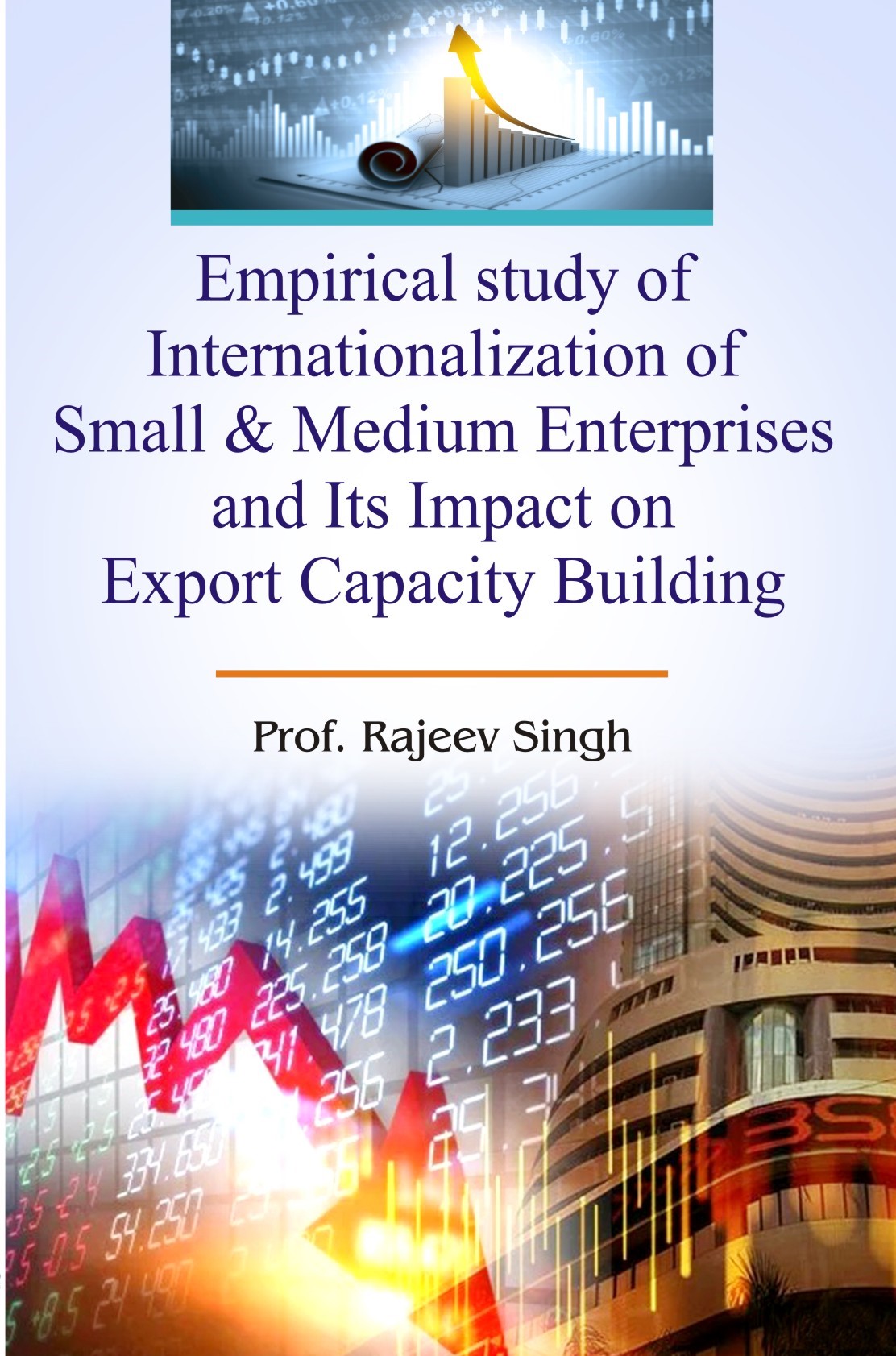[kc_row use_container=”yes” force=”no” column_align=”middle” video_mute=”no” _id=”712609″][kc_column width=”12/12″ video_mute=”no” _id=”27118″][kc_column_text _id=”754574″]
This study is to investigate the causal relationship between Nifty returns, FIIs’ purchase sales ratio and FIIs flows for the period January, 1999 to 31 Dec 2011 using daily data. Stationarity of the variables were tested using Augmented Dickey Fuller test and Philip Perron After confirming the stationarity of data Standard OLS (ordinary least square)
regression test was applied by first, taking Nifty returns as dependent variable and PSR as independent variable. The result of the regression shows that FIIs influence the stock market returns and OLS regression test was also applied by taking PSR as dependent variable and Nifty returns as independent variable. Results reveal reverse significant relationship also, showing nifty returns influences FII movements.In order to know whether FII's cause stock markets to rise or fall or stock markets cause FIIs to purchase or sale, Granger Causality Test (1969) was conducted, by talking a lag of 1 period (i.e. 1day).The results confirm that FIIs purchase or sell by taking leads through the movement of stock markets. That is to say FIIs are feedback traders and movement in the stock market impacts their decisions where as no reverse causality was observed in any phase. Further, we examine the shifts in stock price volatility and the nature of events that apparently cause the shifts in volatility. We examine if there has been an increase in volatility persistence in the Indian stock market on after the process of financial liberalization initiated in India. This work explores to develop alternative models from cointegration, VECM, Variance De-composition Analysis, Granger causality, Block Exogeneity Wald test, Impulse Heteroscedasticity (ARCH) or its generalisation, the Generalised ARCH (GARCH) family, to estimate volatility in the Indian equity market return. Bidirectional informational spill over is confirmed. The research contributes to present investment literature for emerging markets such as India.
[/kc_column_text][/kc_column][/kc_row]







Reviews
There are no reviews yet.
Only logged in customers who have purchased this product may leave a review.